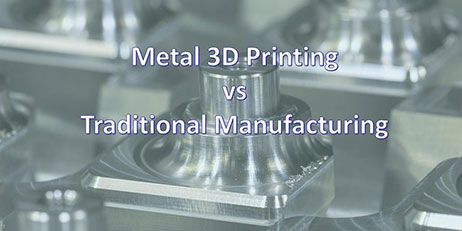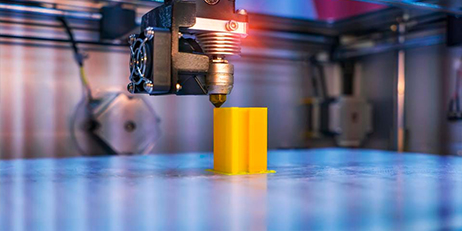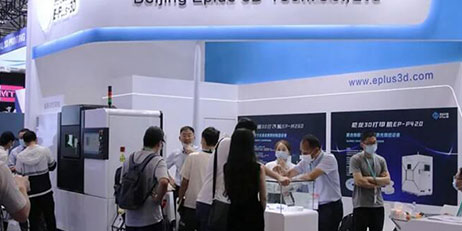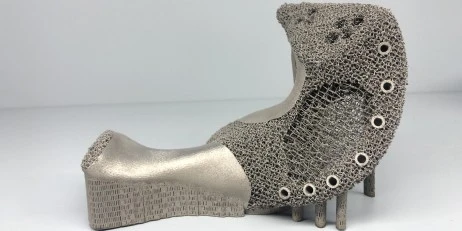There are two kinds of traditional manufacturing ways. The first one is that during the processing, the material only changes from one to another, and it does not increase or decrease.The second one is to remove excess material, which is called Subtractive manufacturing.

The following three processes are used in the manufacturing of equal material manufacturing:
Casting
It is a kind of metal hot processing technology, making the liquid metal to cast into the cavity which is suitable for the shape of the part, after cooling and solidification, finally obtain the parts.
Forging
It is a certain shape and size of the manufacturing process technology by using forging machinery on the metal billet pressure and producing deformation to obtain a certain mechanical properties.
Stamping
By relying on the pressing on the plate, strip, pipe and profile exerted external force, it produces deformation or separation and obtains the required shape and size of the part.
Subtractive manufacturing, which generally refers to the process method of parts processing on CNC machine tools, is the fourth basic processing method, including turning processing, milling processing, planing processing and grinding processing.
Different from the above traditional manufacturing ways, metal 3D printing is an additive manufacturing way which builds layer by layer. In fact, many people doubt that the mechanical properties of metal 3D printed objects will not be good or qualified due to the combination of layers, and the mechanical properties will not exceed those of traditional manufacturing ways. In fact, the metal 3D printing is combined by molten pool, and the longitudinal performance is not bad, even exceed the horizontal performance. After printing, heat treatment is used to release the internal stress, which can perfectly improve the mechanical properties of the printed parts.
There are many kinds of alloying elements in the superalloy. So when the alloy is made by the traditional manufacturing ways, the alloying elements are easy to be seriously offset during the solidification process, and the dendrite structure is coarse, resulting in shrinkage cavity, porosity and other internal defects.
However, the forming process of laser additive manufacturing is printing layer by layer and forming slowly. During the printing process, the microstructure of the metal is refined, the offset disappears and the internal microstructure performance is optimized.

Take Exhaust Pipe as an example: traditional exhaust pipe manufacturing faces the problem of too simple design of air flow and complex design is hard to implement. Eplus3D designer designed the optimized internal structure of exhaust pipe, greatly increasing the operation efficiency and reducing its volume.
With the progress of technology, the performance of metal 3D printing has far exceeded casting, and is catching up with forging step by step.
Eplus3D is committed to promoting the efficiency and benefit of metal 3D printing technology in the industrial fields. Welcome to contact Eplus3D for more tailored AM solutions!


























